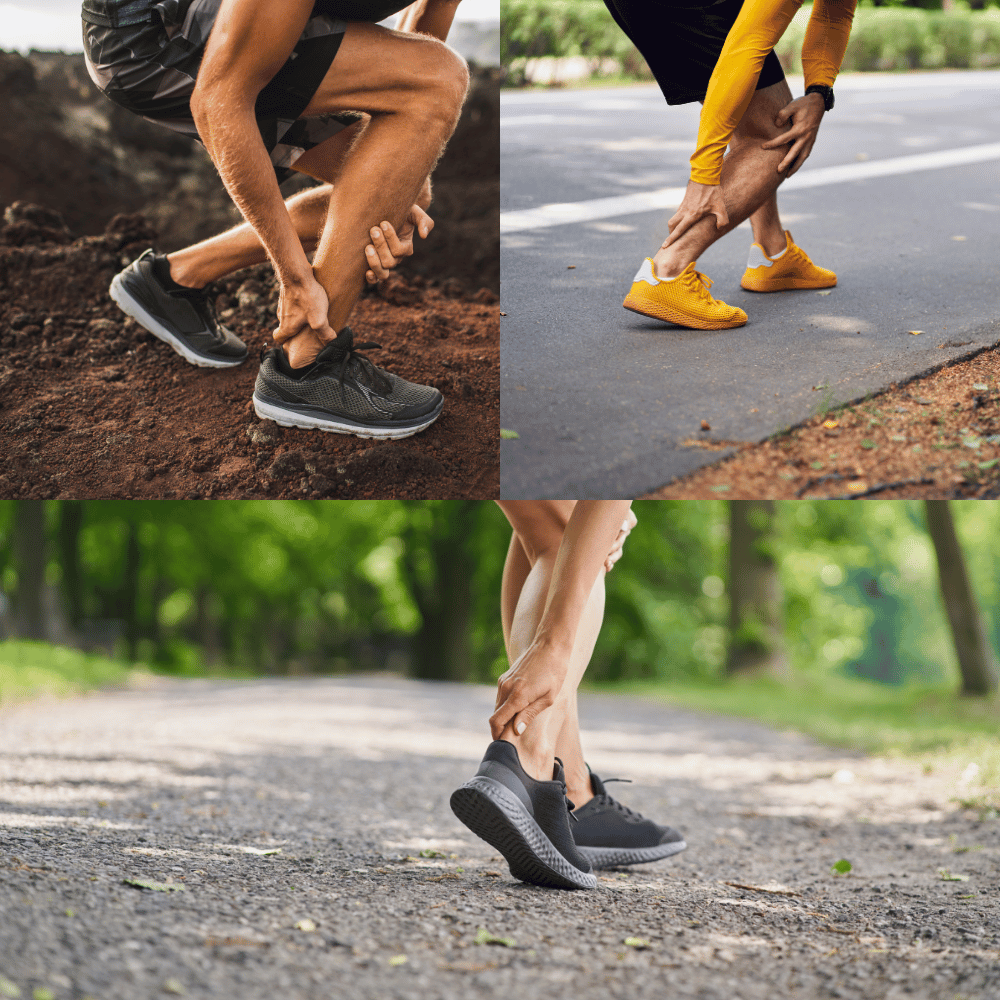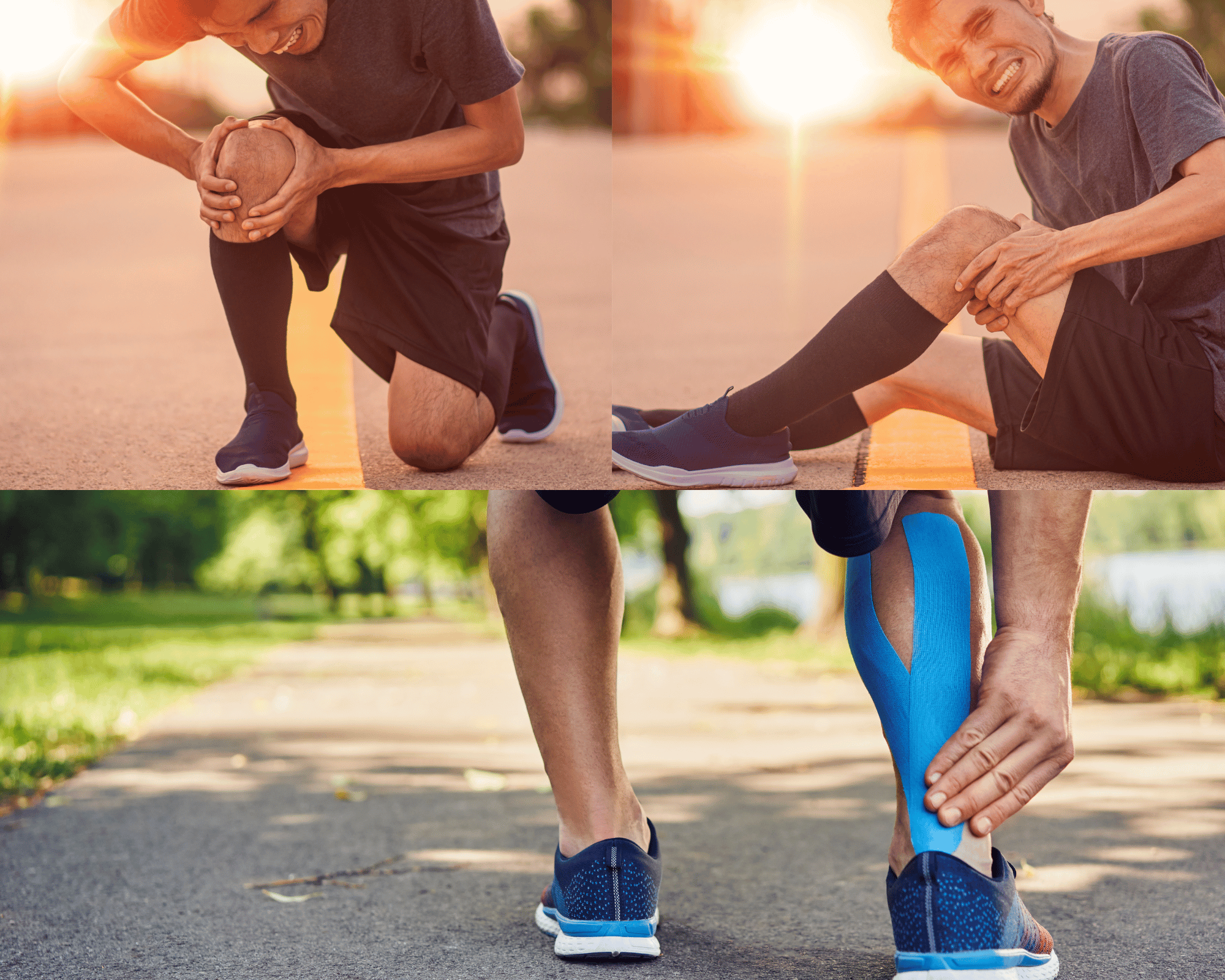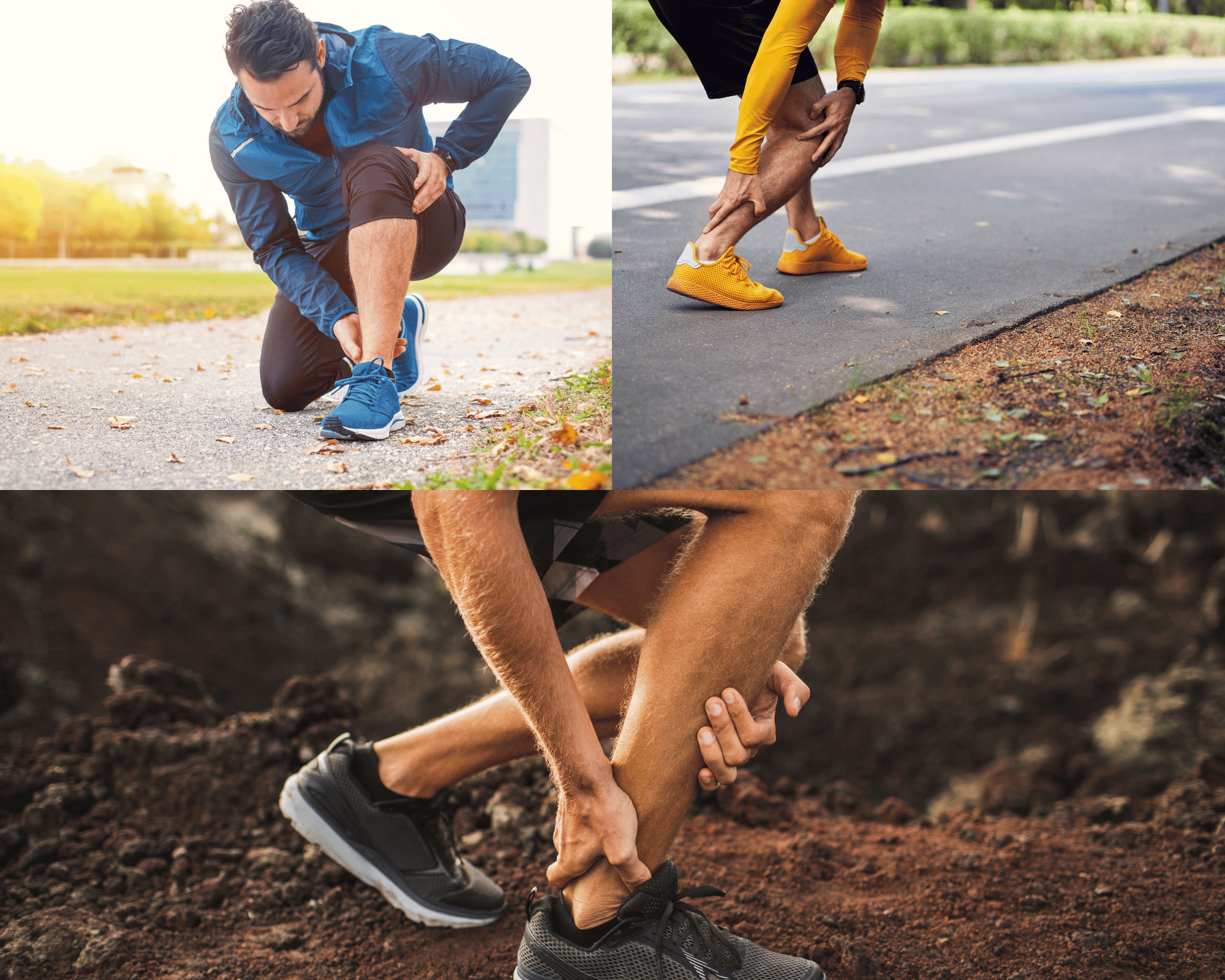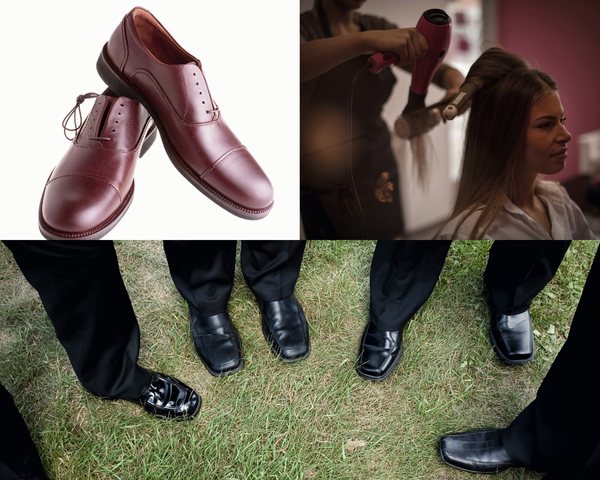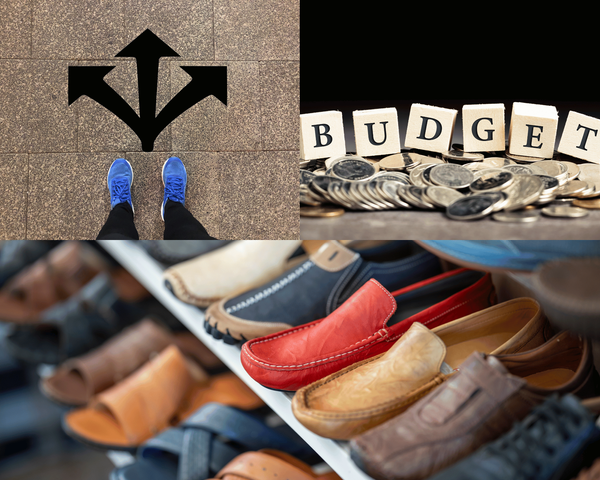Peroneal tendonitis is a condition that can cause significant discomfort and impede your daily activities. Finding the right footwear is crucial in managing and alleviating the symptoms associated with this condition. In this comprehensive guide, we'll explore the best shoes for peroneal tendonitis, ensuring you make an informed decision for your foot health.
Key Takeaways:
- Understanding the importance of proper footwear for managing peroneal tendonitis.
- Identifying features that make shoes suitable for peroneal tendonitis sufferers.
- Recommendations for the best shoes for peroneal tendonitis and foot pronation or supination.
Understanding Peroneal Tendonitis
Peroneal tendonitis is an inflammation of the peroneal tendons, which run along the outside of the lower leg and foot. This condition can be caused by overuse, improper foot mechanics, or an injury. Symptoms often include pain, swelling, and instability around the ankle. Wearing the right shoes can help alleviate these symptoms by providing proper support and alignment.
The Role of Footwear in Managing Peroneal Tendonitis
Footwear plays a pivotal role in managing peroneal tendonitis. The best shoes for peroneal tendonitis offer adequate arch support, cushioning, and stability to reduce strain on the tendons. They also help in correcting foot posture, which can prevent further irritation of the tendons.
Key Features of Shoes for Peroneal Tendonitis ankle injuries
When searching for shoes to help with peroneal tendonitis, look for options with a firm heel counter, good arch support, supportive shoe, and a cushioned sole. These features work together to provide stability and reduce the pressure on the peroneal tendons. Additionally, shoes with a wider toe box can prevent additional stress on the toes and front part of the foot.
Best Shoes for Peroneal Tendonitis and Pronation
Pronation refers to the inward roll of the foot upon landing. If you have peroneal tendonitis and pronation, you'll need shoes that offer motion control and stability features. These shoes help to correct the pronation and reduce the stress on the peroneal tendons.
Shoes for Peroneal Tendonitis and Supination ankle sprains
Supination, or under pronation, is the outward rolling of the foot during normal motion. For those with peroneal tendonitis and supination, shoes with excellent cushioning and flexibility are essential. They help absorb the impact and distribute it more evenly across the foot.
Importance of Proper Fit best shoe features for peroneal tendonitis
A proper fit is crucial when selecting the best shoes for peroneal tendonitis. Shoes that are too tight can exacerbate symptoms, ankle support important, while those that are too loose won't provide the necessary support. Always measure your feet and consider any swelling when trying on shoes.
The Benefits of Custom Orthotics arch support
For some individuals, good ankle support, custom orthotics may be necessary to provide the specific support needed for peroneal tendonitis. These are designed to fit the contours of your feet precisely and can be inserted into your shoes for additional comfort and support.
Athletic Shoes for Active Lifestyles foot and ankle surgeon
Athletic shoes are often the best choice for those with peroneal tendonitis due to their superior support and cushioning. Look for running or walking shoes that are designed for stability and have a reputation for quality.
Everyday Footwear for Comfort and Support
It's not just athletic shoes that can provide relief from peroneal tendonitis. Casual shoes and even work footwear can be designed with support and comfort in mind. Brands that specialize in orthopedic shoes often have a range of styles suitable for everyday wear.
The Impact of Shoe Weight
The weight of your shoes can also impact peroneal tendonitis. Heavier shoes may increase the workload on your tendons, ankle pain, ankle stability, extra ankle support, so opting for lightweight options can be beneficial, especially if you're on your feet for extended periods.
Transitioning to New Shoes Gradually
When you find a new pair of shoes for peroneal tendonitis, it's important to transition to them gradually. This allows your feet and tendons to adjust to the new support and can prevent any additional strain.
When to Replace Your Shoes
Shoes lose their supportive qualities over time. It's generally recommended to replace your shoes every 300-500 miles of walking or running, ankle instability, foot pain, supportive shoes or at least once a year if you wear them daily.
Seeking Professional Advice
Before making a final decision on shoes, it may be beneficial to seek advice from a podiatrist or physical therapist. They can provide personalized recommendations based on your specific condition and gait.
Online Resources and Reviews
Researching online can provide valuable insights into the best shoes for peroneal tendonitis. Look for reviews from other sufferers and reputable health websites to guide your choice.
Summary
Selecting the right shoes is a critical step in managing peroneal tendonitis. The best shoes for this condition will offer support, cushioning, and stability to alleviate symptoms and promote healing. Remember to consider your specific needs, such as pronation or supination, and always prioritize a proper fit. With the right footwear, you can take strides towards comfort and recovery.
FAQ Section
Q: Can the wrong shoes cause peroneal tendonitis?
A: Yes, wearing shoes that lack support or are not appropriate for your foot type can contribute to the development of peroneal tendonitis by putting extra strain on the tendons.
Q: How often should I replace my shoes if I have peroneal tendonitis?
A: It's recommended to replace your shoes every 300-500 miles of walking or running, or at least once a year for daily wear, ankle orthopedic surgeon, ankle bone, to ensure they continue to provide the necessary support.
Q: Should I see a specialist before choosing shoes for peroneal tendonitis?
A: Consulting with a podiatrist or physical therapist can be very helpful in choosing the right shoes for peroneal tendonitis, running shoes, as they can offer personalized advice based on your condition and foot mechanics.
